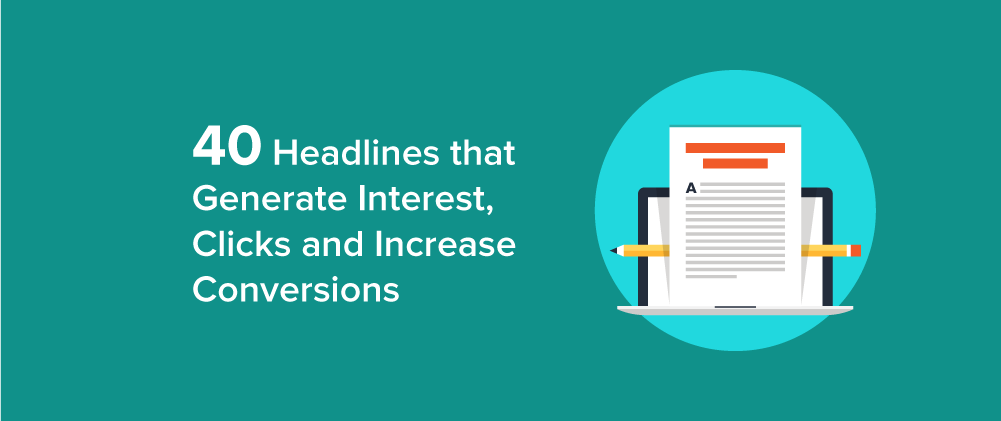
We’ve put together 40 types of headlines that will help you grab your audience’s attention, elicit that all-important click and then increase your conversions.
Before you can think about increasing conversions through your content, you’ve got to do one thing first. Get readers to click through to your content from search engines, email campaign, Facebook link or tweet.
So what gets your audience to make that all important click through?
Short answer, a kick-ass headline.
Headlines are the most influential element of any copy. Those short five to ten word sentences have the power to grab attention or turn readers off your content and your brand. Advertising legend David Ogilvy said that once you’ve written your headline, you’ve spent 80 cents of your dollar.
It’s a discovery which, even today, holds true. In tracking the open rates of emails Mailchimp have recorded averages hovering around the 20% mark. That means 80% of the people who read your email subject line never click through to read your email content.
The effectiveness of headlines has never been in question. What is up for debate is how to ensure the types of headlines you use not only elicit that initial click, but also help increase conversions.
To help get the most out of your content marketing we’ve put a list of 40 types of headlines together to get you off to a great start.
The ‘always effective’
The below template from Koozai is always a good option. It’s accurate, informative and succinct. The only problem you might have is finding which combinations work best together.
[Number] + [Adjective] + [Keyword] + [Promise]
7 Cheap Coffee Beans for an Incredible Cup of Joe
Curiosity gap
Curiosity is a powerful motivator. If you can make users think they have a gap in their knowledge, they’ll feel compelled to click. Joanna Wiebe of Copyhackers used a curiosity gap subject line to achieve a 104% email open rate. It was so good, readers opened the email numerous times!
[A statement that makes the reader ask how/why/who etc]
Why Kim Kardashian Loves the New iPhone
Curiosity gap + explanation
The problem with curiosity gaps is they tread a fine line between useful and annoying clickbait. To ensure you don’t overstep that line, add a detail oriented subhead to really ensure you’re not only building curiosity, but also providing value.
[A statement that makes the reader ask how/why/who etc] + [detail oriented sub heading]
How to Get Your Children to Eat More Vitamins: Five Sweet, Healthy Foods Kids Love
Negative angle
Search results and email inboxes are full of headlines focusing on the positive. Stand out from the crowd by repackaging the same message in a negatively worded headline.
[Negative modifier] + [common benefit]
Never write a terrible headline again!
Testimonial
Consumers trust the word of their peers over that of brands. That makes testimonial focused types of headlines a great way to build trust with other consumers and increase conversions.
[Quote from happy customer/summary of review/excerpt from testimonial]
How Yieldify Helped M&S Gather 4000 New Subscribers
The secret
We’re back playing on your reader’s curiosity. Who doesn’t want to know a secret?!
[Number] + Secrets + [Benefit]
5 Secrets to Selling like Amazon
Problem solving
Most people click because they’re searching for a solution to a problem. Feature that problem and hint at a solution in your headline to get their attention.
[Problem] + [Solution]
Why Your eCommerce Store is Failing and What You Can Do About it
Have your cake and eat it
The only thing better than one benefit? Two benefits of course!
Now you can [benefit 1] and [benefit 2]
Now You Can Work From Home and Earn Even More Money!
How to X without Y
Similar to the above, but instead of two benefits it provides one benefit whilst negating a common negative.
How to [achieve benefit] without [negative repercussion]
How to increase sales without spending a penny
The vanity headline
Nothing sells products like speaking to a reader’s ego. It’s why brands use world renowned athletes to sell their products, “buy these football boots and you could start playing like Cristiano Ronaldo”.
[Do something] like [world renowned person]
How to Bend it Like Beckham
To the point
Sometimes a product or offer just isn’t sexy. In these cases, simply stating the offer is a good approach..
[Simple statement of what’s on offer]
Egyptian Cotton Sheets – 20% Off!
Big benefit
Focus on the key benefit and really drive it home.
[Highlight the main benefit]
Buy one watch, get the second free!
How to
“How to” headlines litter the web for a reason. They work. People want the solution to problems and how to is a great way to show them how to solve them.
How to [achieve something desirable] + [specific quantifier]
How to train your puppy to sit in two weeks
The surprise
Similar to the curiosity gap but this headline alludes to a uprising statement or discovery.
[Surprising negative statement] + [curiosity gap]
The new iPhone isn’t the best smartphone ever (but it could have been)
Make my life easier
Isn’t this what we’re all looking for?
[Expression of ease] to [achieve goal]
The quick and easy way to make your bed
If I were uou
If people subscribe to your email they likely trust what you have to say. Leverage that trust to your advantage
Why you should [shocking statement]
Why you need to stop using non biological fabric softener
Proof
Users want to know, without a doubt, that what they read will help them succeed. Use the word proof in your headlines to build a little extra trust, just make sure you’re telling the truth.
[Number] + [proof modifier] = [desirable outcome]
10 proven ways to write headlines that convert
Shocking revelation
One of those shock horror types of headlines that you see on the front of celeb magazines. Grab attention by offering a shocking discovery
Why [reputable brand] does/doesn’t [use product/advocate service etc]
Why Daniel Craig hates Omega watches
Don’t be stupid
Sometimes readers make mistakes without realising. Highlight the mistake in your headline and they’ll have to click
[Mistake] + [cost to them/their business]
10 optimisation mistakes that cause revenue loss
Play on a fear
One of the most effective types of headlines. Everyone’s afraid of something and will do whatever they can to make sure they don’t experience their fear.
[Pronoun/item in question] + [undesirable outcome]
Is your resume sabotaging your career?
Social proof
As previously mentioned, people trust the word of their peers over that of brands. Show, don’t tell, that your product is the best in class.
[Social proof] + [benefit]
The smartwatch that’s helped 14,000 people lose weight
The achievement
Readers are looking for an effective solution to a problem. Highlight how someone else achieved an outstanding result to capture attention.
How [someone/business] + [achieved desirable result] + [optional quantifier/timeframe]
How Amazon increased sales by 33% in six months
The data-driven headline
If you’ve conducted research into a topic, show it off in your headline. People love proven statistics.
We analysed [analysis topic] and found [discovery/curiosity gap]
We analysed 40,000 email campaigns and discovered the greatest subject line template
The gut punch
Sometimes tough love is just what your readers need.
[A claim that hones in on a reader’s worst fear]
Why you’ll never find love
The dream
Most readers have a dream they desperately want to achieve. List that dream in your headline and you’ll definitely grab attention.
Imagine/what would you do with [desired outcome]
Imagine launching a multi million dollar product
The intrigue headline
Allude to something that’s often overlooked.
What no-one tells you about [industry specific action/benefit]
What no-one tells you about weight loss programs
The straight question
Don’t beat around the bush, get straight to the heart of what’s bothering your readers with a direct question.
[A straight question]
Should you splash out on a new pair of shoes?
The comparison
81% of consumers thoroughly research a product or service before purchasing. Take advantage of the need for research with a comparison headline.
[Item one] vs [item two]: [primary difference to measure]
iPhone 7 vs Galaxy S7: Battle of the Mobile Cameras!
Breaking news
Show your readers that this piece of content really is on the cutting edge of discovery in your industry.
[Breaking news]: + [statement]
Breaking news: Quinoa could contribute to cancer
Short and sweet
Sometimes you don’t need any trickery, just a short, sweet headline that gets right to the heart of the matter.
[Four or five word headline]
How sugar affects children
The supportive headline
Sometimes readers just want to feel reassured. They’re looking for support during a difficult time and you could be the one to give it to them.
[Supportive statement centred around key problem]
Failure does not make you a loser
The SEO headline
Make use of those keywords to stand out in the SERPs.
[Keyword] +[ Supplementary keywords]
Headline Hacks: 101 Types of Headlines that Will Increase Conversions
The urgency headline
You can go one of two ways with this. Either attempt to elicit action today, or allude to how a lack of action is damaging the customer’s goals
[Action] + [urgency element]
Get Your Brand New Nike Air’s Today!
Or
Fix your sales funnel leaks NOW!
The scarcity headline
Scarcity goes hand in hand with urgency. They force people to take immediate action through FOMO and can be extremely powerful motivators.
[Action] + [scarcity element]
Get your new watch today. Only 37 left!
Lessons learned
Proof can take many forms. One of which is showing what you or a customer learned through taking an action or using a product.
[Number] + lessons/things learned/beneficial discoveries + [particular action/place]
9 things learned at this years social media conference
Common mistakes
This combines the benefits of the problem solving headline and adds a little social proof so readers don’t feel so alone.
[Number] + [mistake]
7 mistakes first time parents make
The Big Ol’ List
Who doesn’t love a list of solutions that lead to a great big benefit?
[Number of list items] + [big old benefit]
45 delicious, easy chicken recipes
Sensationalist
Nothing grabs attention like a claim dramatically opposed to popular opinion.
[Find a common belief and claim the opposite]
Why the British really do despise tea
The fear-buster
Sometimes you know exactly what fear a user is feeling and the question they’ll ask before they even say it. This headline pre-empts their fear and gives you a direct line to their attention.
[Negate reader question] + [highlight key benefit]
No, you don’t have to be a mathematical genius to win at poker
Clickbait
Click bait headlines are universally disliked. But they work. People might say they dislike click-bait headlines, but they still garner huge numbers of clicks.
[Unusual benefit] +[timeframe] + [curiosity modifier]
Domino’s tripled their conversion rate in only 3 months! Here’s how they did it…
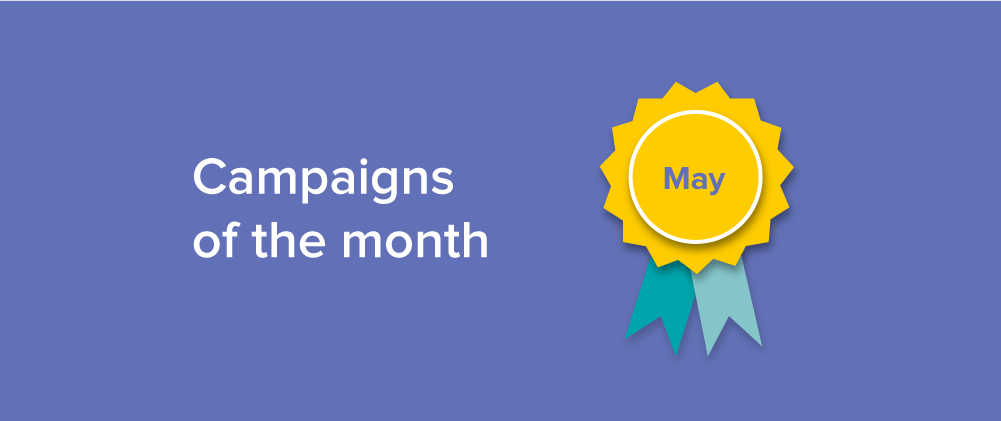
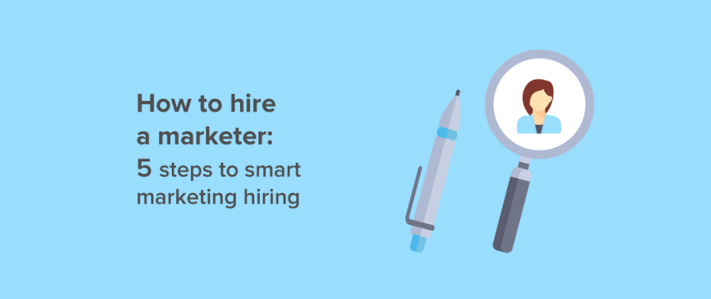
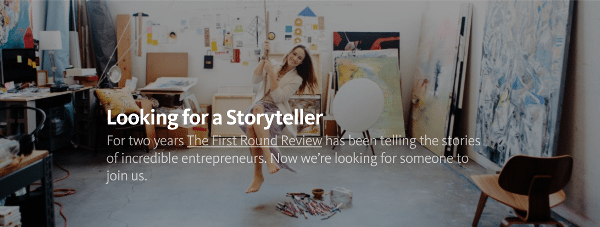


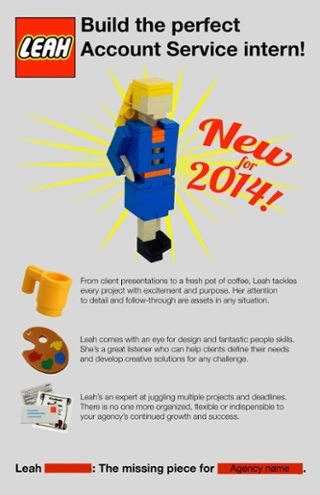
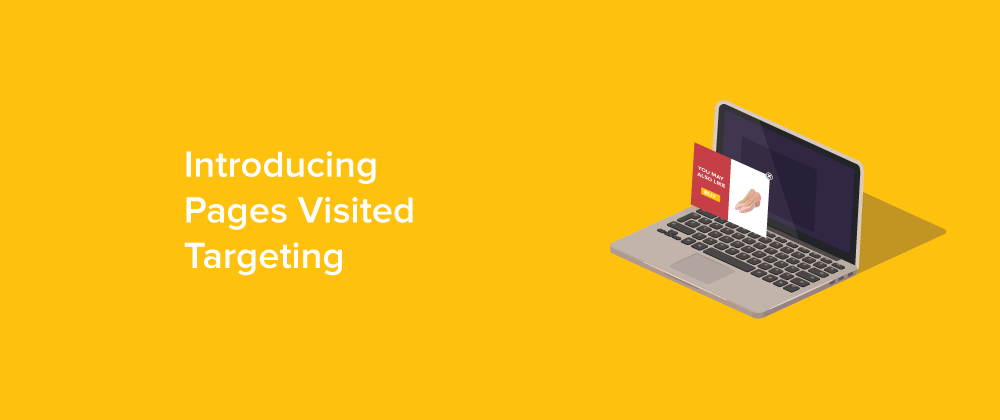
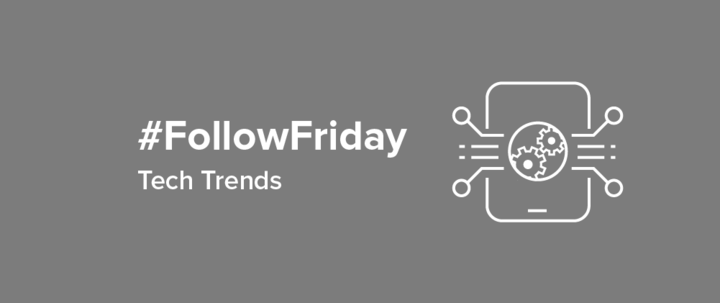

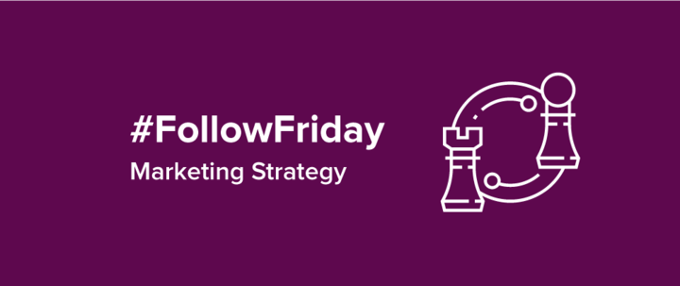
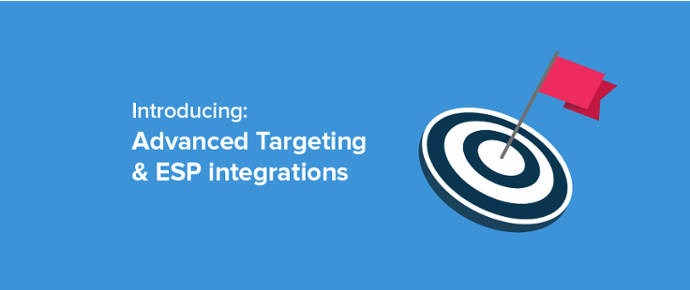

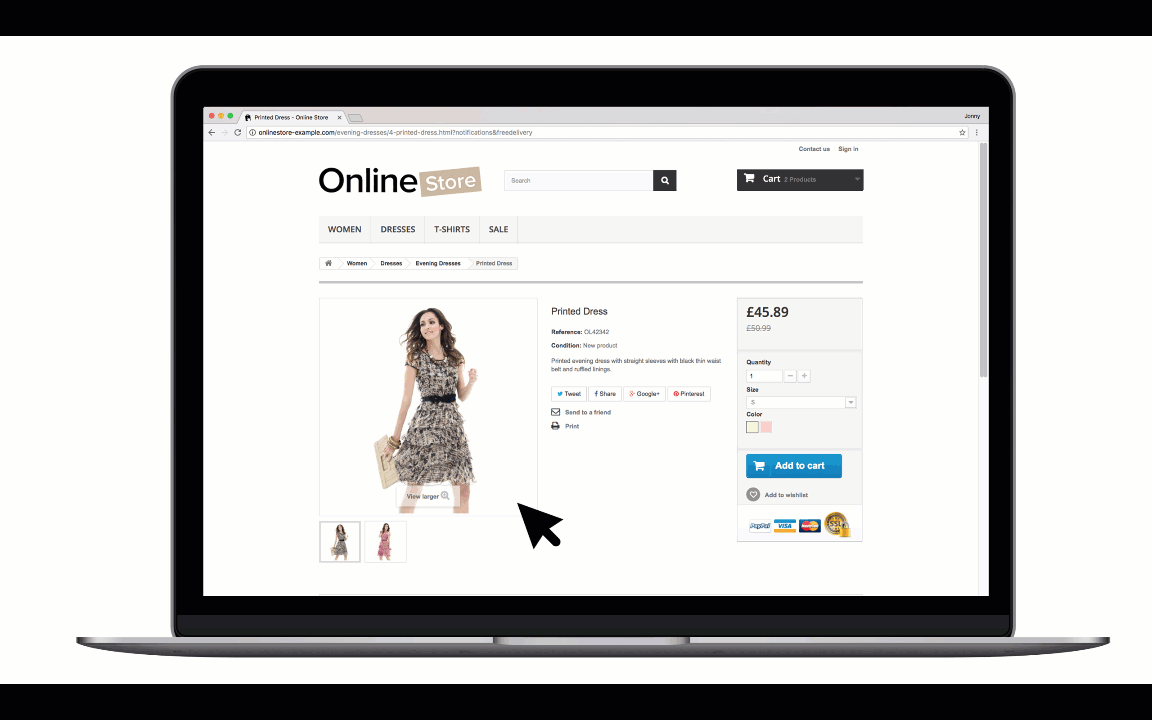
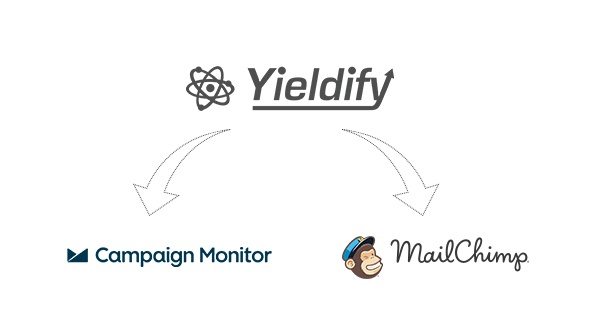
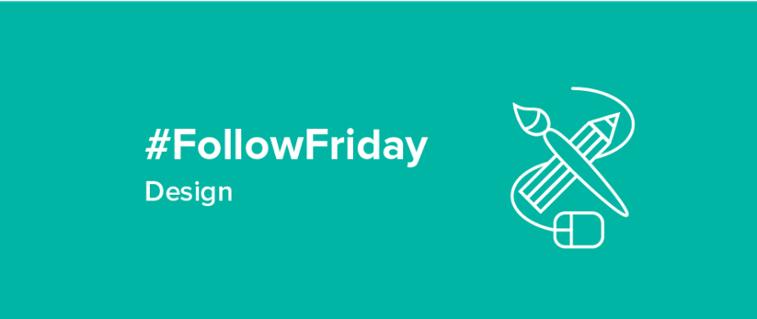
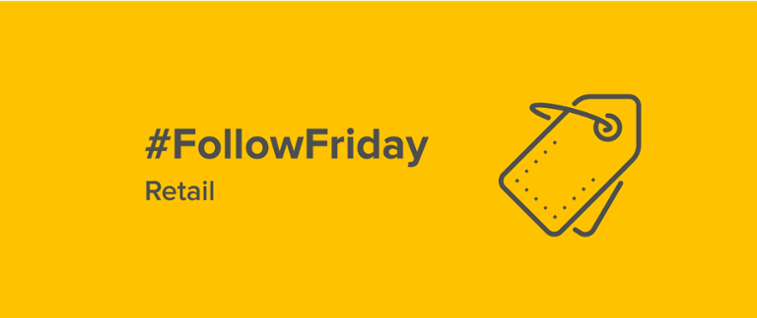
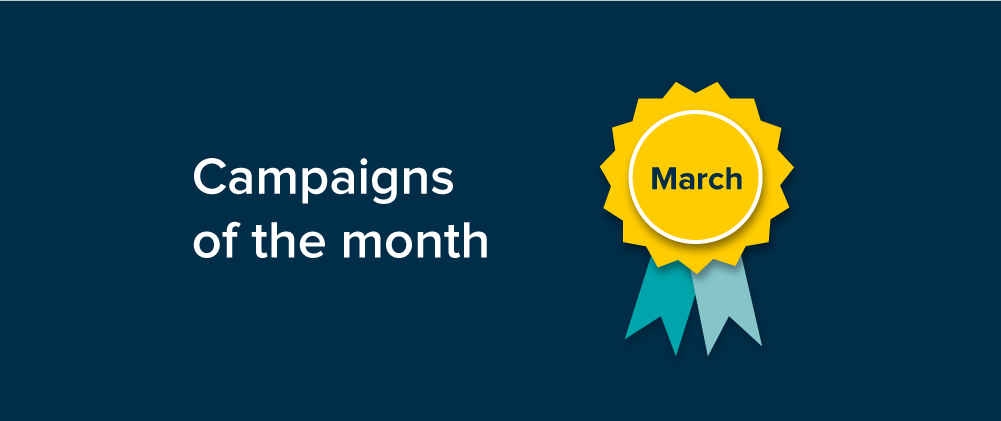

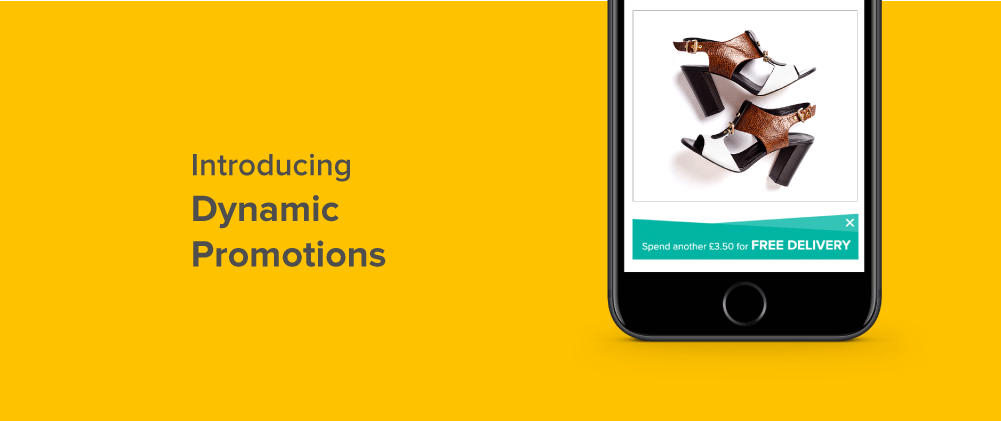

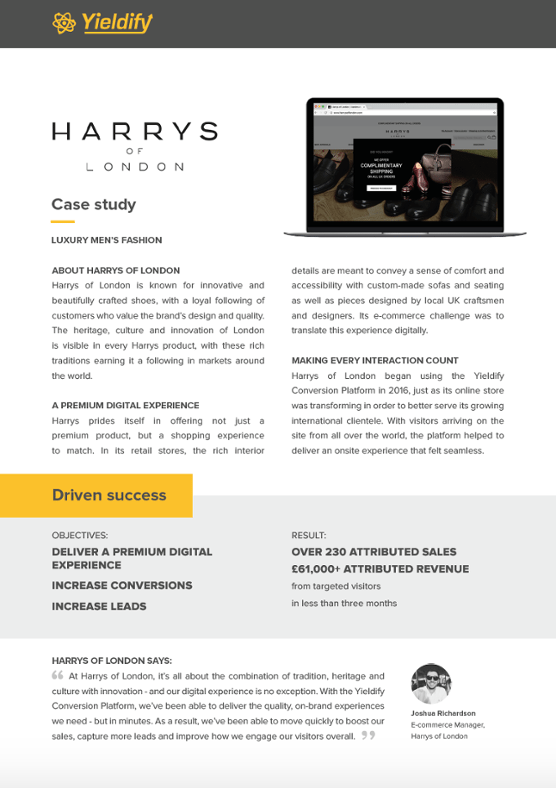
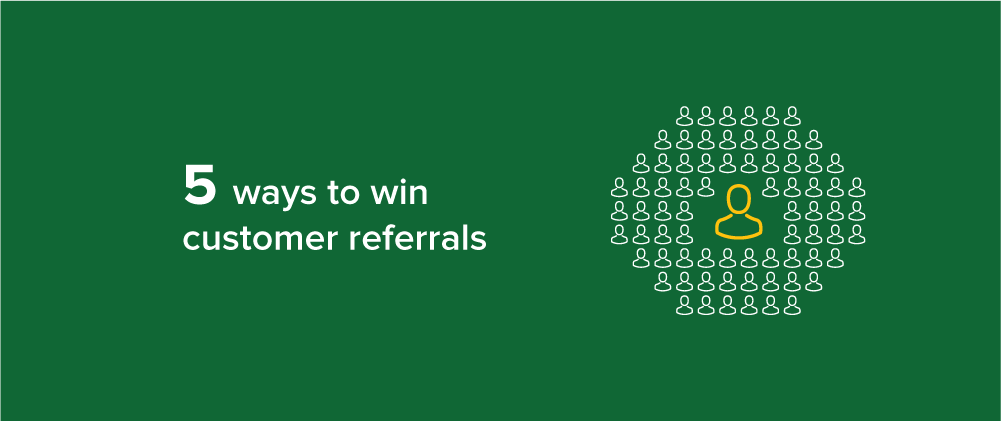
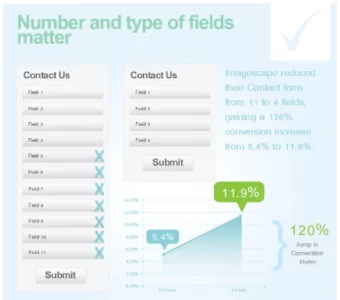
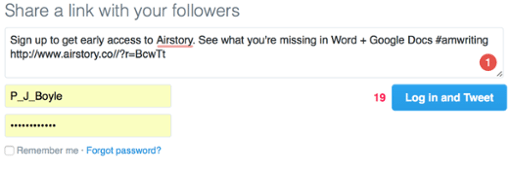
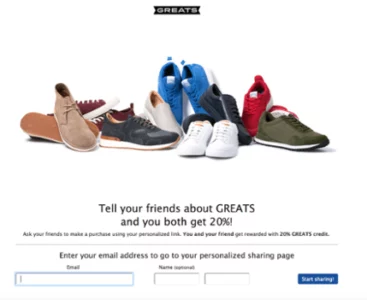
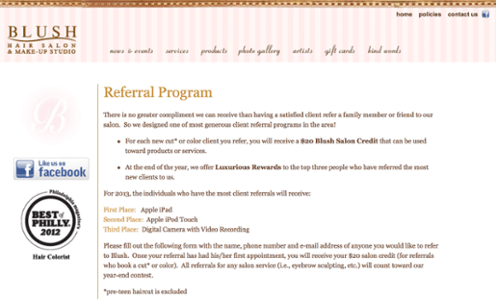
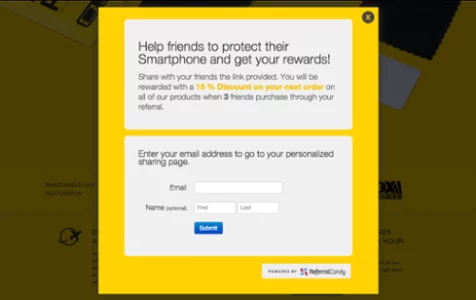
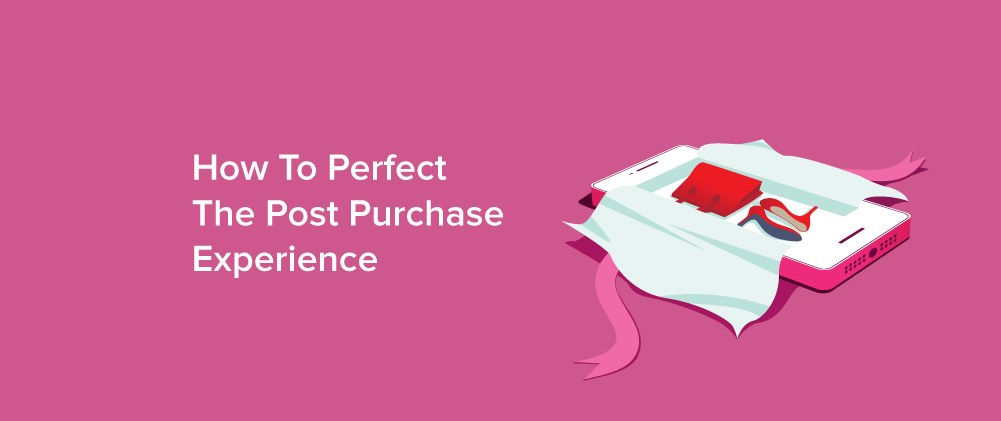
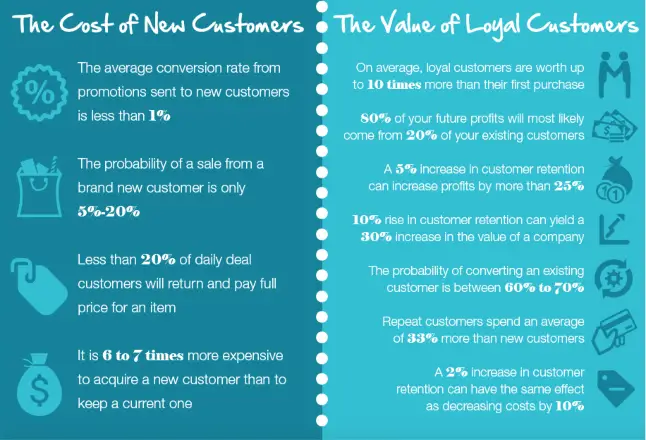
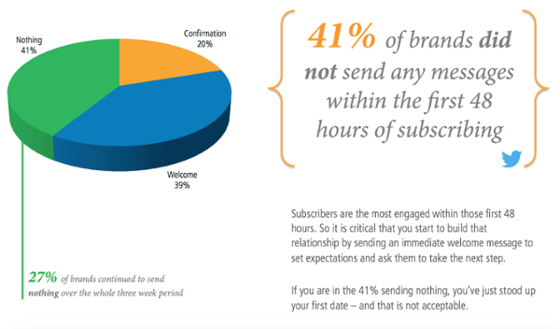

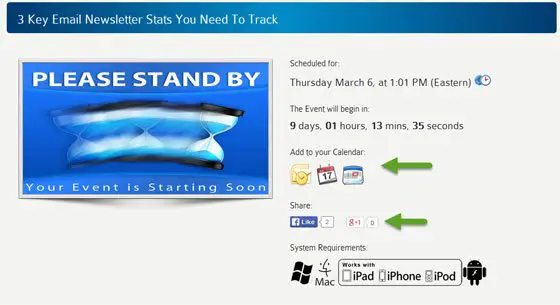
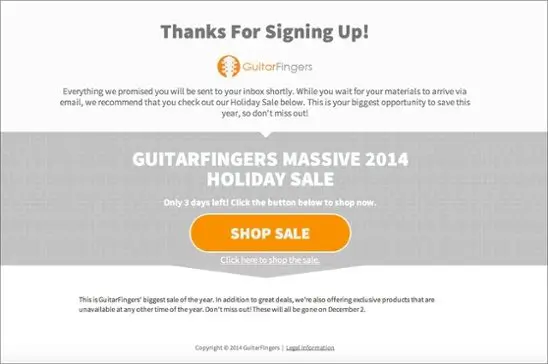

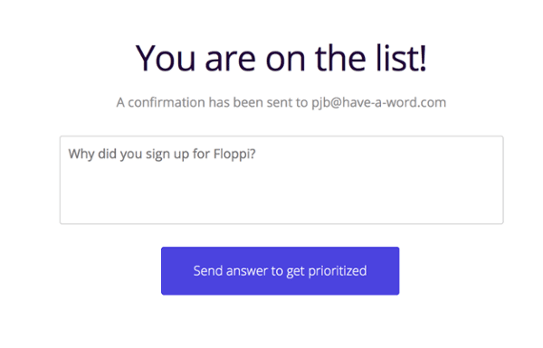
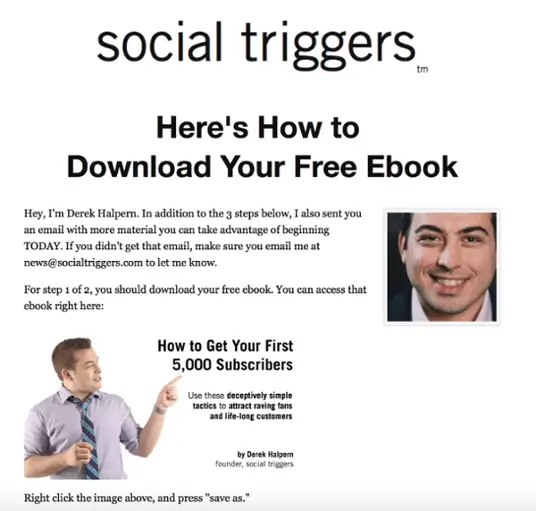
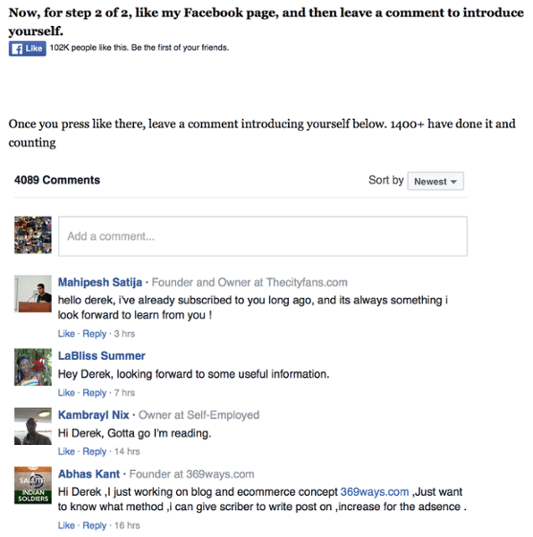
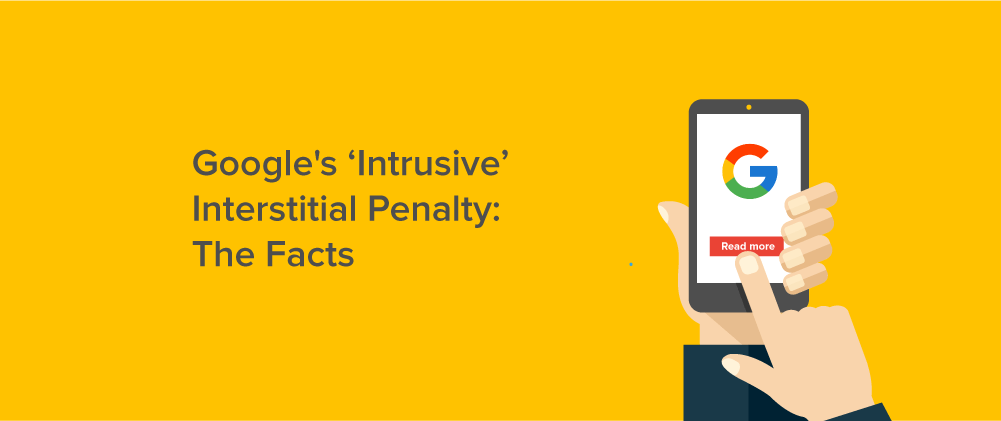
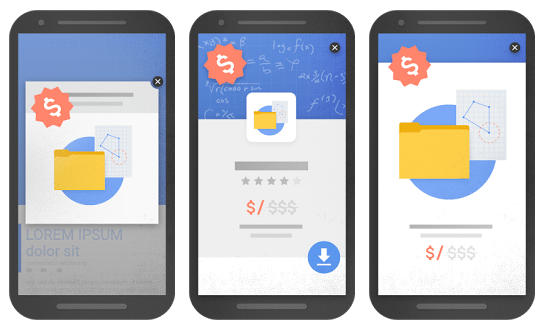
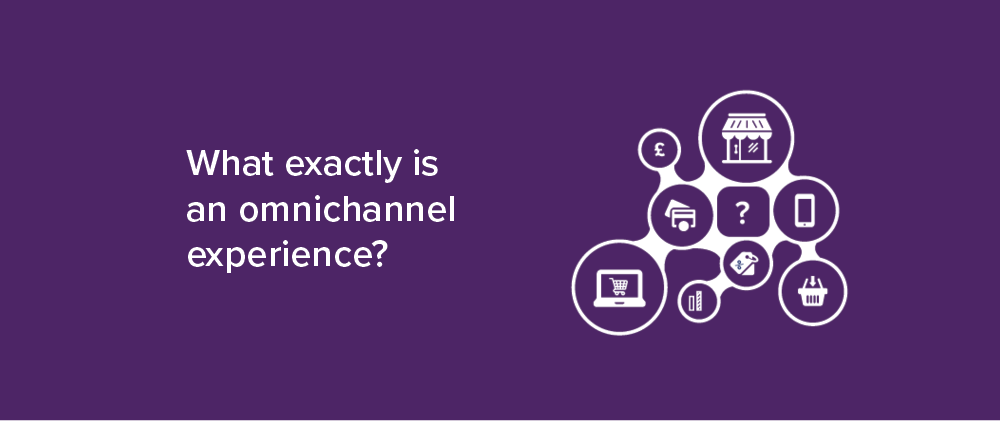


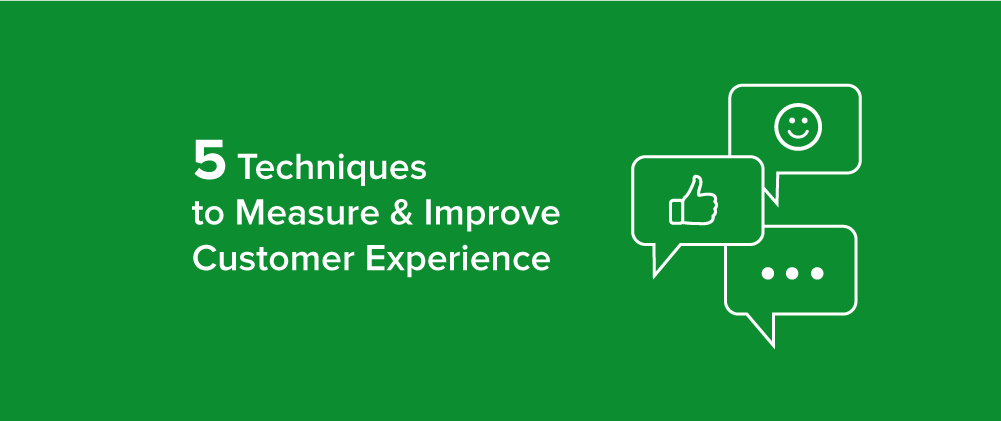
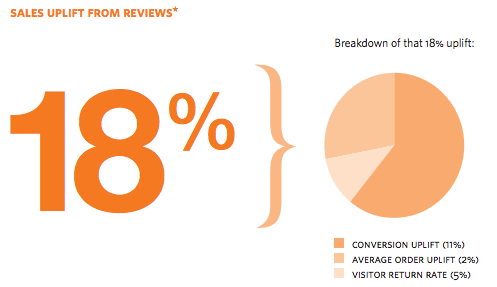
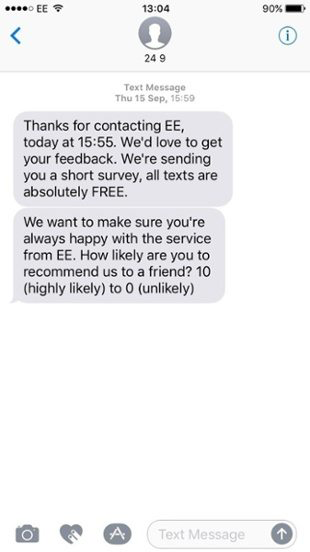
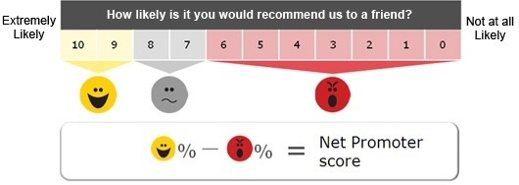
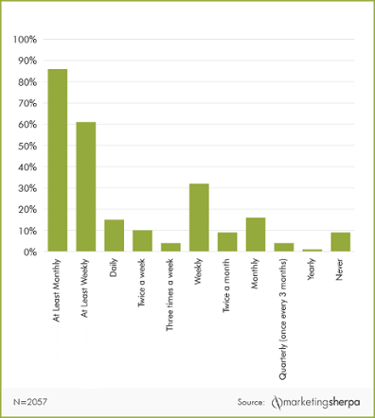
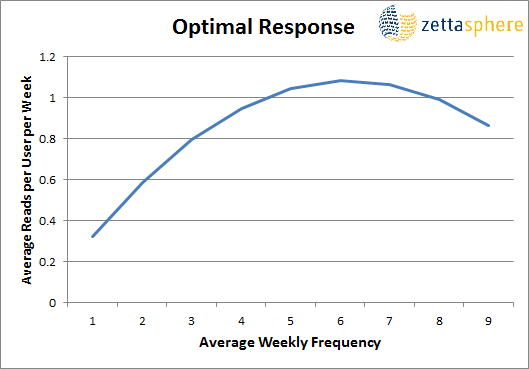
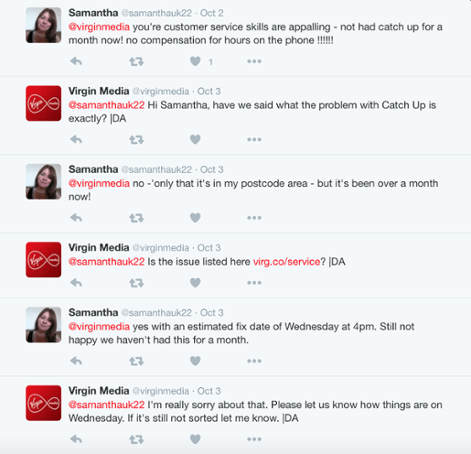
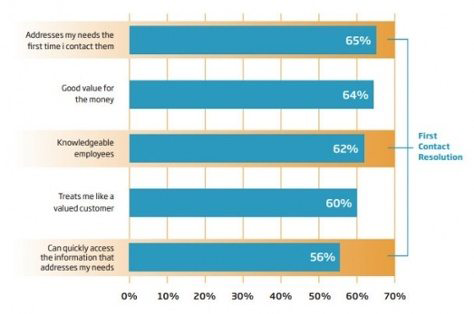
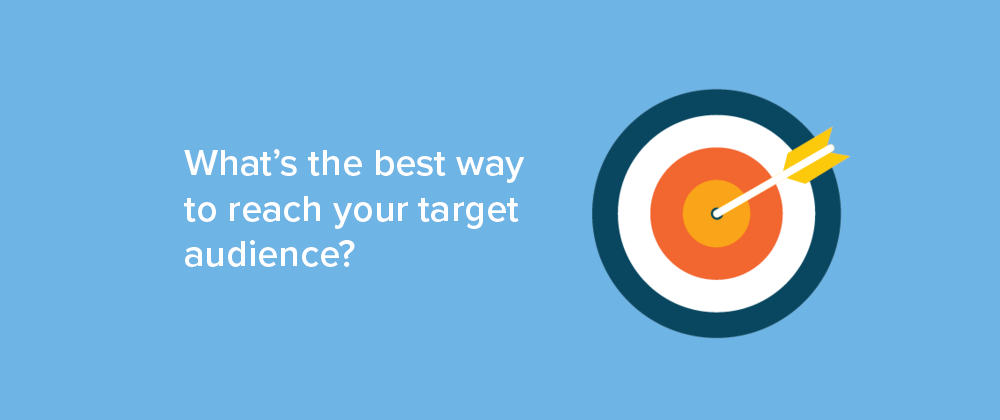
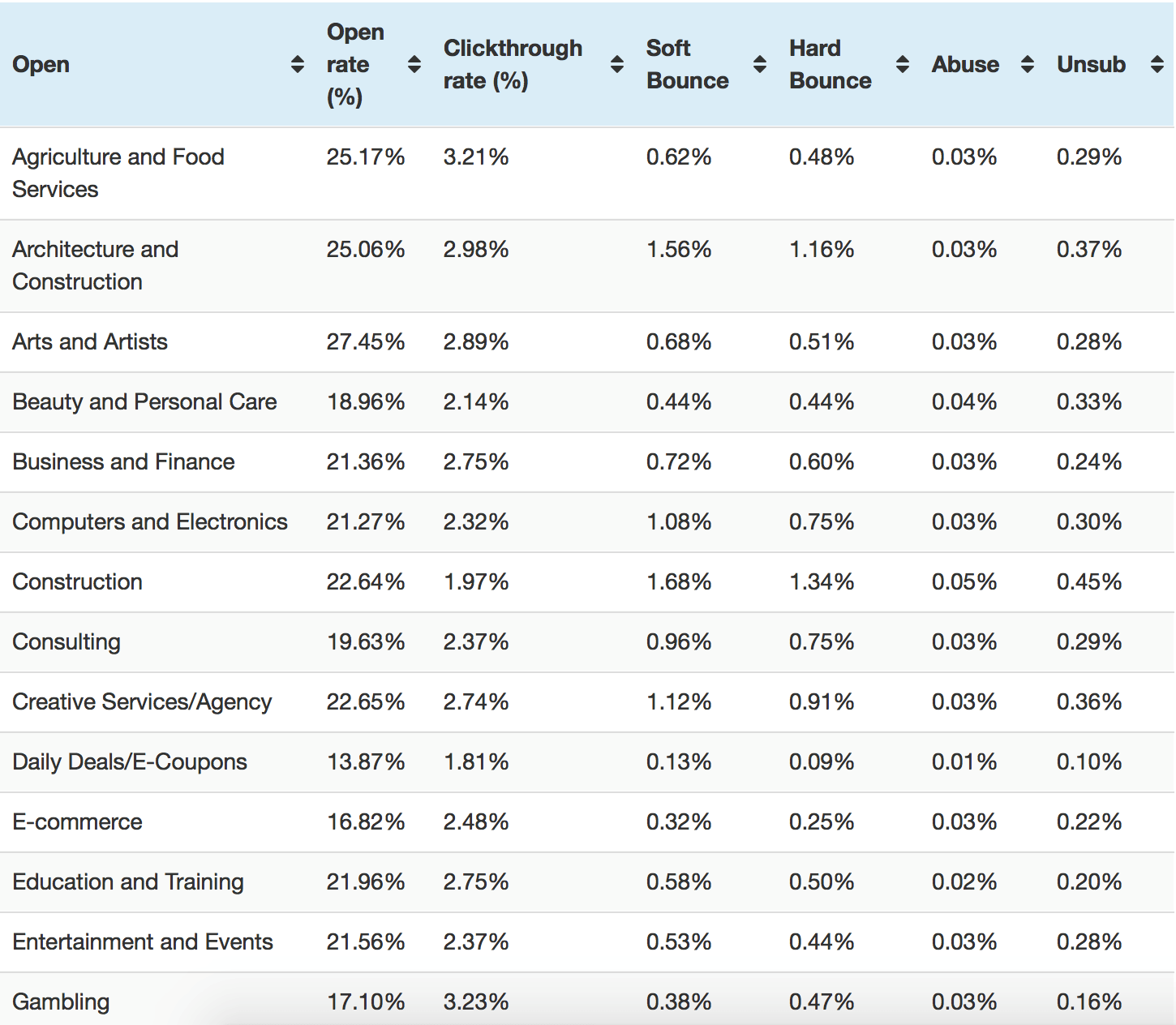
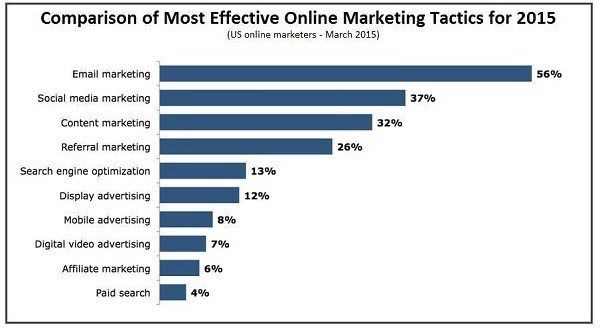
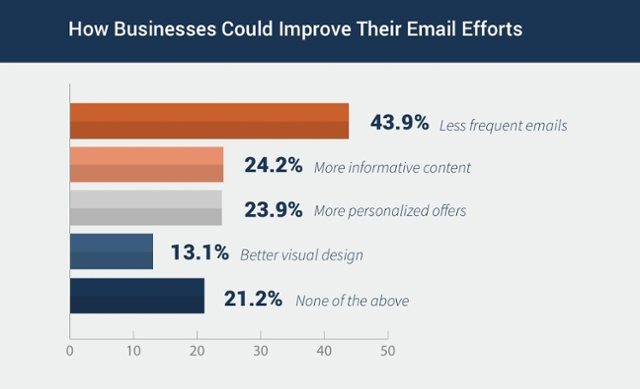
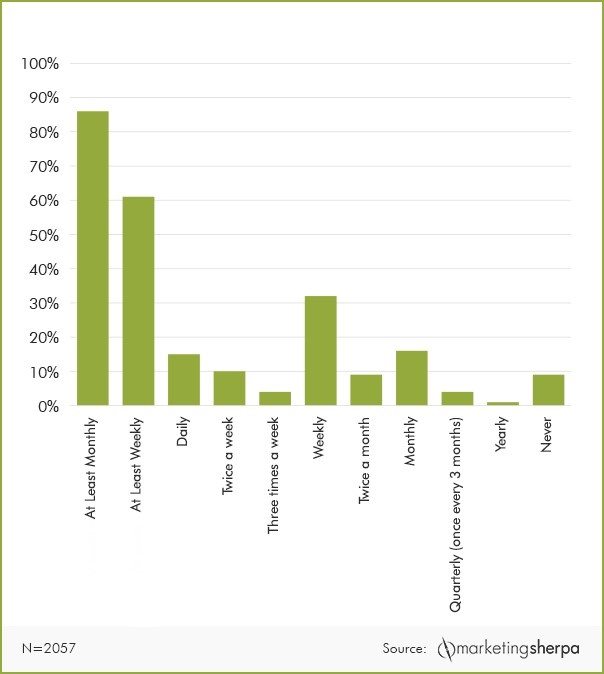
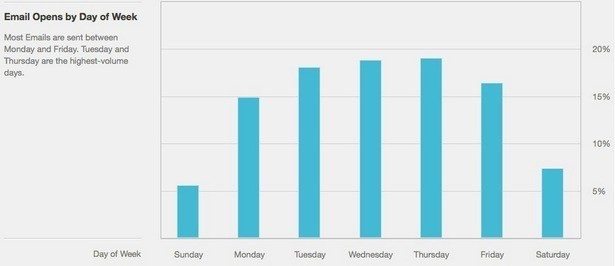
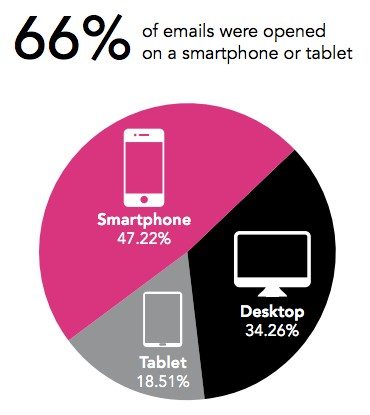
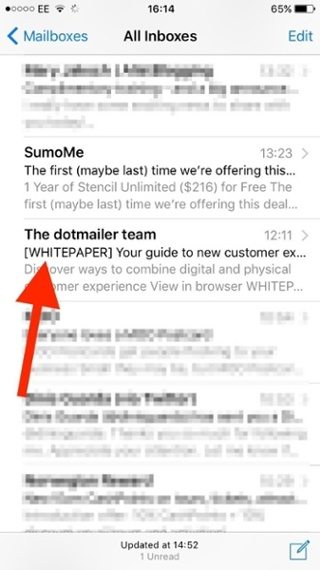

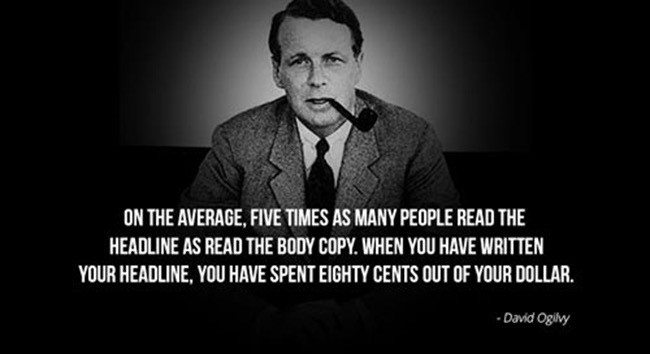
Recent Comments